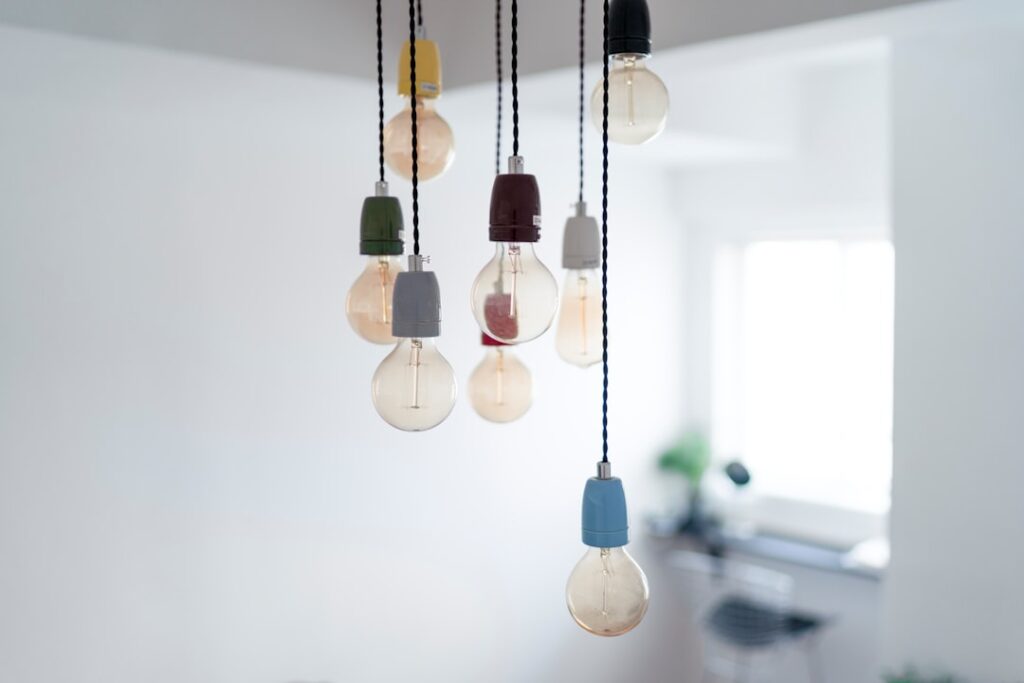So, you’re ready to ditch the prehistoric light switch and embrace the glorious future of smart lighting? Fantastic! Prepare for a journey into a world where your lights dance to your tunes (metaphorically, unless you’re really into that sort of thing). This guide will hold your hand (metaphorically again, hygiene and all that) through the whole process, from unboxing to “ooh, shiny!”
Step 1: Choosing Your Weapon (aka Smart Bulbs)
First things first: the bulbs. There’s a dazzling array of choices, more dazzling than a disco ball in a rave, honestly. You’ve got your Philips Hue, LIFX, and various other contenders battling for your attention (and your wallet). Consider these key factors:
- Type: Do you need A19 (standard), BR30 (recessed), or something more exotic? Check your existing fixtures. Getting the wrong shape is like buying shoes a size too small – uncomfortable and potentially damaging.
- Color Temperature: Do you crave the warm glow of a sunset or the crisp coolness of a Scandinavian design magazine? Smart bulbs often offer adjustable color temperatures, mimicking natural light changes.
- Color Options: Some bulbs offer a full spectrum of colors, while others stick to the warm-to-cool spectrum. Decide if rainbow-hued lighting is your jam or if you prefer a more subdued aesthetic.
- Smart Home Ecosystem: Are you already invested in a particular smart home system (like Google Home or Amazon Alexa)? Choose bulbs compatible with your existing setup for seamless integration.
Step 2: Installation – It’s Easier Than You Think!
Seriously. You can probably do this while simultaneously juggling flaming torches (don’t actually do that, though). It’s basically the same as screwing in a regular bulb, except you might need to download an app. The instructions are usually crystal clear (unlike some IKEA furniture), and if all else fails, YouTube is your friend. Just be sure to turn off the power at the breaker box first. We don’t want any light-related casualties.
Step 3: The App-ening: Connecting and Controlling Your Lights
Once your bulbs are installed, download the app associated with your chosen brand. Most apps walk you through the connection process, which typically involves adding the bulb to your Wi-Fi network. Think of it as introducing your new light to the rest of your tech family. A little awkward at first, but ultimately rewarding.
Step 4: Customization – Let the Games Begin!
This is where the fun really starts. Most smart lighting apps let you:
- Set Schedules: Automate your lighting to turn on at sunrise and off at sunset, creating the illusion of being a super-organized person.
- Create Scenes: Design custom lighting schemes for different moods (e.g., “Movie Night,” “Party Time,” “Existential Dread”). Let your creativity shine!
- Control Individually or in Groups: Fine-tune your lighting to perfection, controlling each bulb independently or grouping them for synchronized brilliance.
- Integrate with Voice Assistants: Use Alexa or Google Assistant to control your lights hands-free. “Alexa, turn on the disco ball!” (Remember, metaphorically. Please don’t actually have a disco ball.)
Step 5: Troubleshooting – When Things Go Wrong (They Sometimes Do)
If your bulbs refuse to connect, double-check your Wi-Fi password and ensure the bulb is within range of your router. If all else fails, consult the app’s help section or the manufacturer’s website. They usually have FAQs that are surprisingly helpful.
Embracing smart lighting is a rewarding experience. Not only will you enjoy the convenience and customization options, but you’ll also have bragging rights over your less tech-savvy friends. So, grab those bulbs, download the apps, and prepare to be amazed. You’ll be amazed at how simple it is to transform your home lighting from drab to fab. Now go forth and illuminate!

